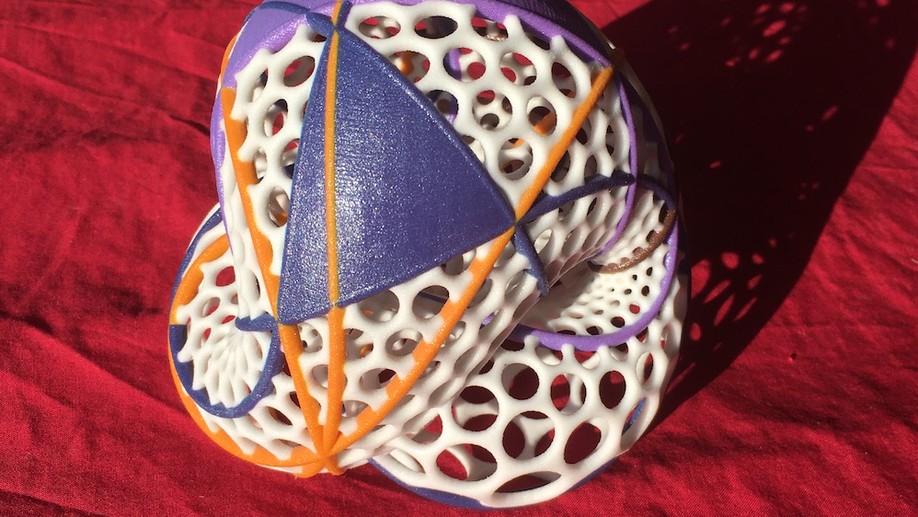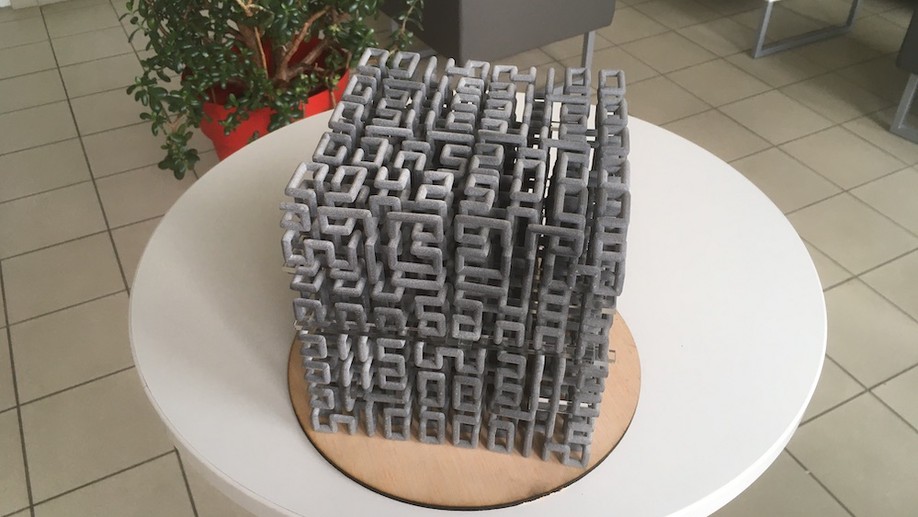Biography
I am a mathematician working at the CNRS in Dijon. My research interests include geometric group theory, small cancellation theory, monster groups, dynamical systems. I am also involved in outreach activities realizing objects, pictures, videos, etc to illustrate mathematics.
Interests
- Geometric group theory
- Small cancellation theory
- Monster groups
- Dynamical systems
- Outreach activities
Education
-
Habilitation à diriger des recherches, 2021
Université de Rennes 1
-
PhD in Mathematics, 2010
Université de Strasbourg
-
Master in Mathematics, 2007
Université de Paris-Sud
-
Cycle Ingénieur, 2003-2006
École Polytechnique


